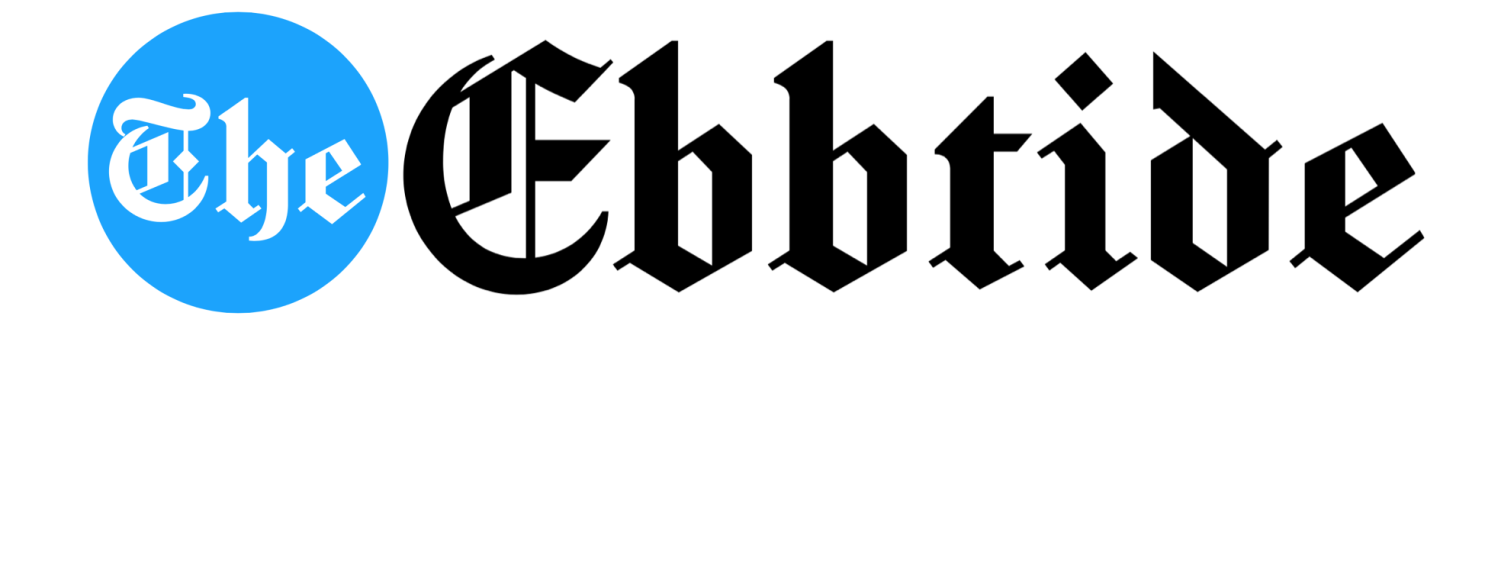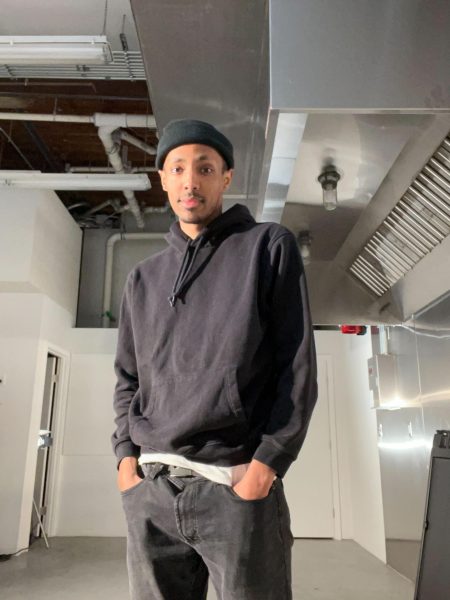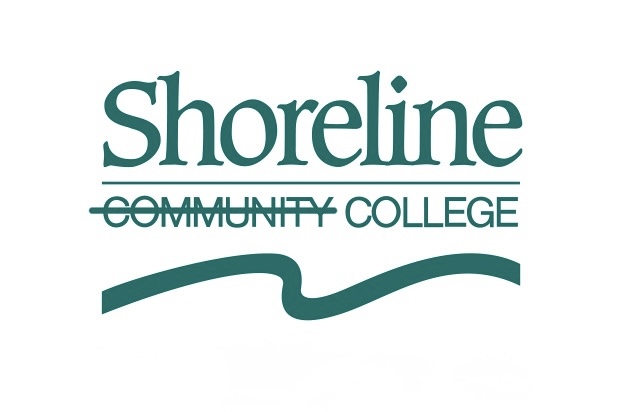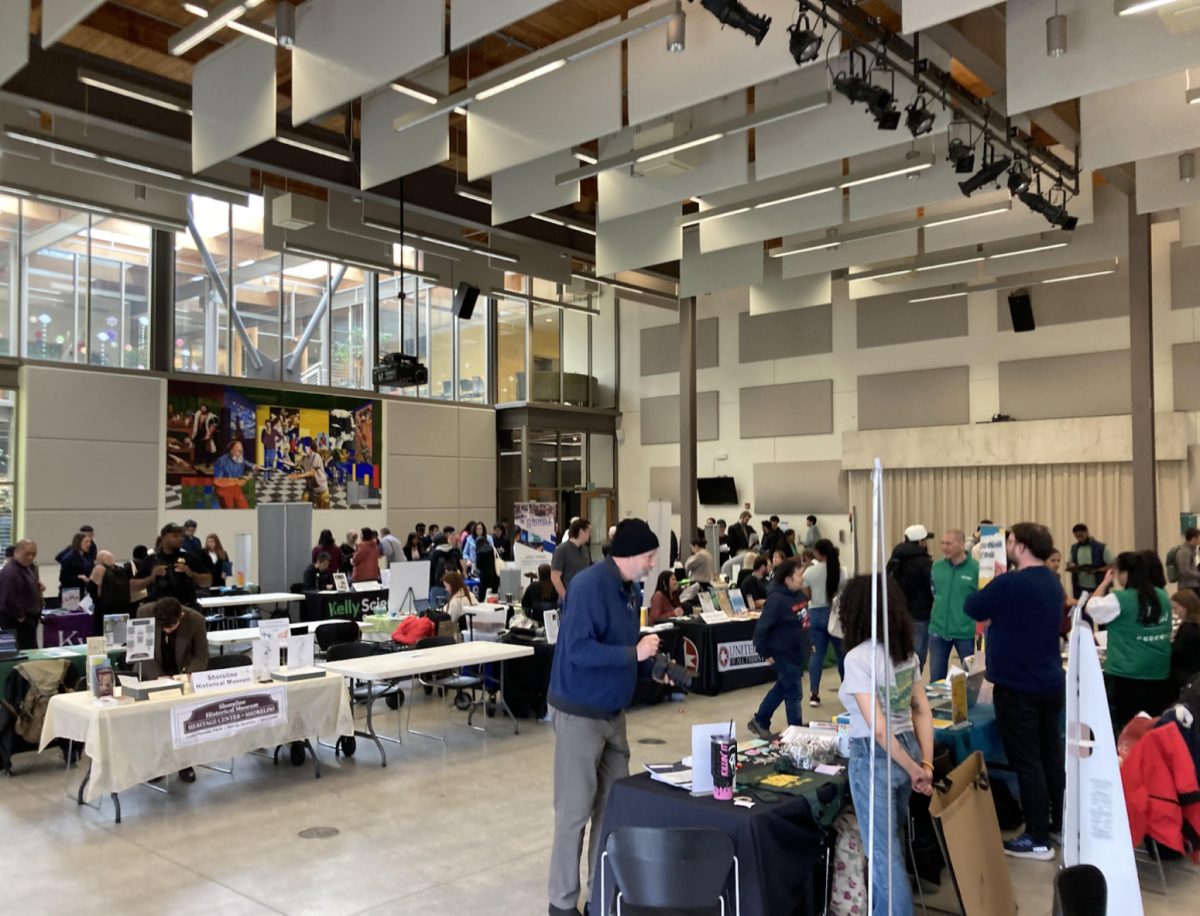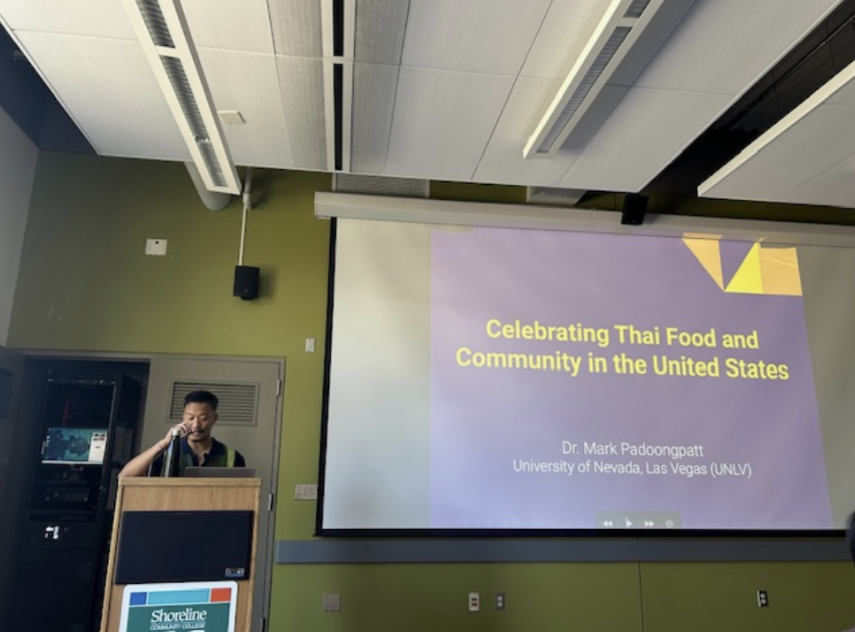Review: ‘Enola Holmes’ Bridges Gap Between Audience and Adventure
October 9, 2020
“Enola Holmes” is a mystery thriller based on the first book of six in a series by Nancy Springer. Originally intended for theaters, Warner Bros. sold the rights to Netflix in April where it was released on September 23rd.
The film is filled with familiar faces including Millie Bobby Brown (“Stranger Things”) as Enola, Henry Cavil (“Man of Steel”) as Sherlock, Sam Caflin (“Catching Fire”) as Mycroft, and Helena Bonham Carter (“Order of the Phoenix”) as their mother.
Plot
The film centers around the disappearance of Enola Holmes’ mother and the conflict of interest between herself and her two brothers, Mycroft and Sherlock Holmes.
Mycroft is snobby toward her, while Sherlock is more empathetic yet somewhat out of touch due to their time apart. Both express disinterest in Enola’s thoughts on their mother’s disappearance, leading her to venture out and solve the mystery herself.
Stylistic Elements
Brown requested that she get to break the fourth wall throughout the movie; a creative decision which helps to provide a unique connection between the audience and the story as it develops.
She’s like a British “Dora the Explorer” in that she directly addresses the audience to provide exposition about her life, context as to what just happened and clues about what’s going to happen next.
Because of this, the only one who truly understands Enola is the viewer. Throughout the film, her self-aware monologues helped me to relate to her on a personal level.
Common Threads
In some ways, “Enola Holmes” is reminiscent of Harry Potter — which is familiar ground for the screenwriter, Jack Thorne, who wrote the stage play for “Harry Potter and the Cursed Child.”
The scene that drives this connection home is when Enola boards a train to London to find her mother. It’s very reminiscent of the excursion to Hogwarts that Harry Potter and his friends embark on each year.
On the train, she meets a boy named Viscount Tewksberry who is on the run from his family to avoid his destiny much like Enola is avoiding her destiny of being sent to a finishing school by her brother Mycroft. On top of that, there’s the looming danger of a mysterious hitman who is after Tewksberry (and Enola by association).
The inclusion of the hitman is cliche in its application. He stays shrouded in ominous mystery throughout the film, but it doesn’t pay off in any spectacular way. However, he does give Enola more reason to keep to herself and exhibit caution about revealing her identity.
“Enola Holmes’” source material opens up the possibility for sequels down the line. While I’d love to see it return as a series with expanded narratives and character depth, it would probably be at the cost of the spectacular cast.
